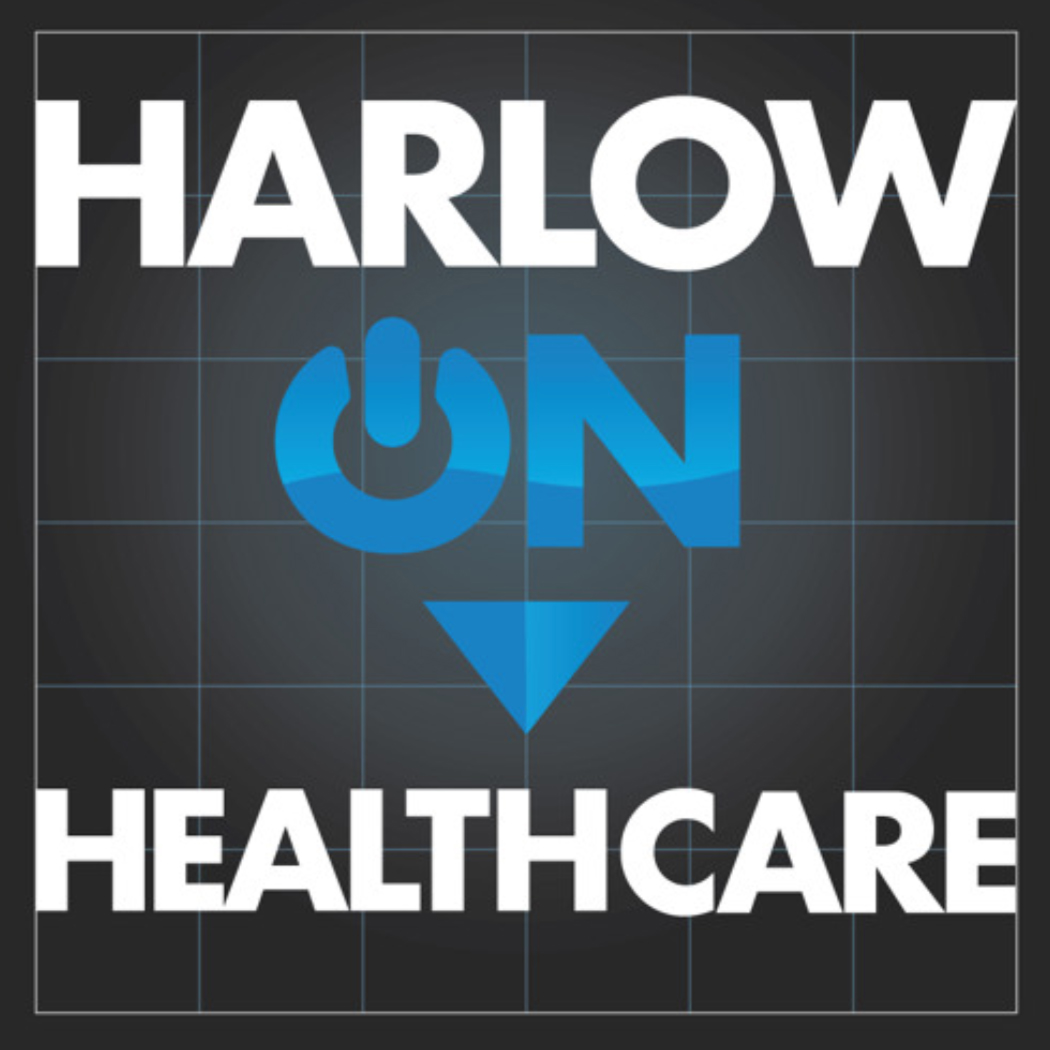Paul Levy, CEO of the Beth Israel Deaconess Medical Center here in Boston, recently started blogging at Running a Hospital. This week he was bemoaning the fact that even though his hospital’s physicians have an impressive EHR adoption rate of 85%, similar to that of the docs at crosstown rival Partners Health Care, their systems are not interoperable, so the many patients seen by both BIDMC and Partners doctors have to have medical records transferred back and forth the old-fashioned way.
Per a recent Health Affairs article cited in the Washington Post, the EHR adoption rate nationally last year was only about 25%. And only about 10% of physicians use fully-operational systems.
With the cost for implementing an EHR system pegged these days at about $35,000 per doc, small practices are hard-pressed to get with the program. Even the recently-promulgated safe harbors relating to funding EHR and e-prescribing systems may turn out to be not quite the panacea intended (see earlier post on the perils of tax-exempt hospitals providing funding to for-profit physician groups).
So it’s nice to know that the only problem for some providers is interoperability; for most providers, the hurdles are at a much more basic level.
Even as the interoperability certifications are being passed out for new products, early adopters like BIDMC and Partners will have to spend some serious bucks to allow their existing systems to talk to each other. That’s just one of the costs of being out in front.
In the scheme of things, interoperability is a relatively minor technical problem, and it will be worked out, just as inter-bank ATM network issues have been worked out.
The larger issues revolve around how to tease the full value out of the EHR system: by gleaning best practices information from the tremendous volume of data at places like BIDMC and Partners, and by using the data to build meaningful pay-for-performance systems. P4P is not yet ready for prime time, but it’s coming down the pike in a big way (see post on recent IOM report), and institutions and practices with the data systems in place will be well-positioned for the future — for negotiating payor contracts, and also for managing their patients’ care.



Blawg Review #79
Welcome to Blawg Review Live – a living breathing experiment in tagging the live web and sorting it into little categories for all of the Blawg Review Readers. But first some quick shoutouts and announcements: Congrats to…